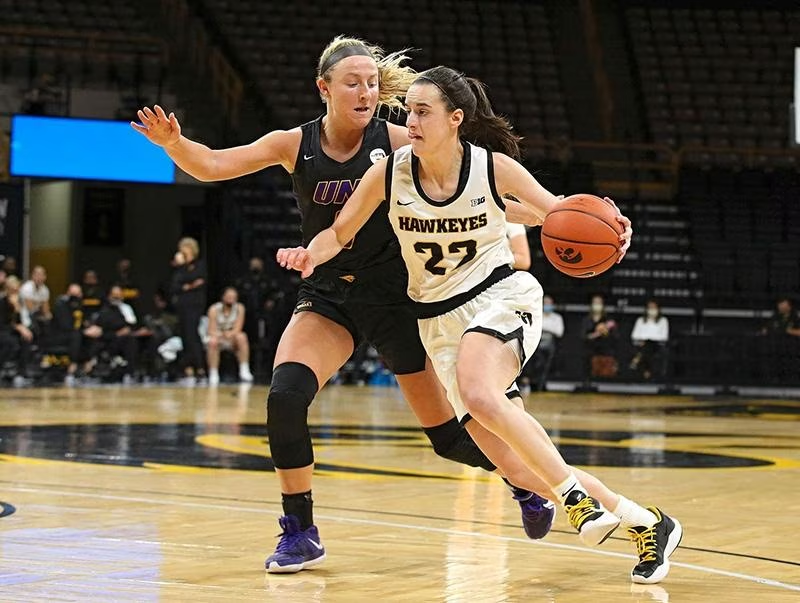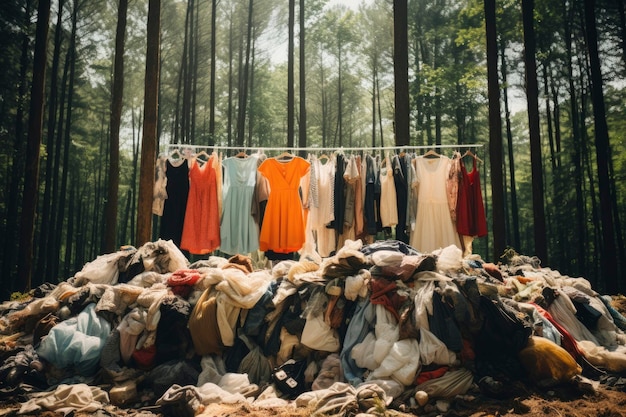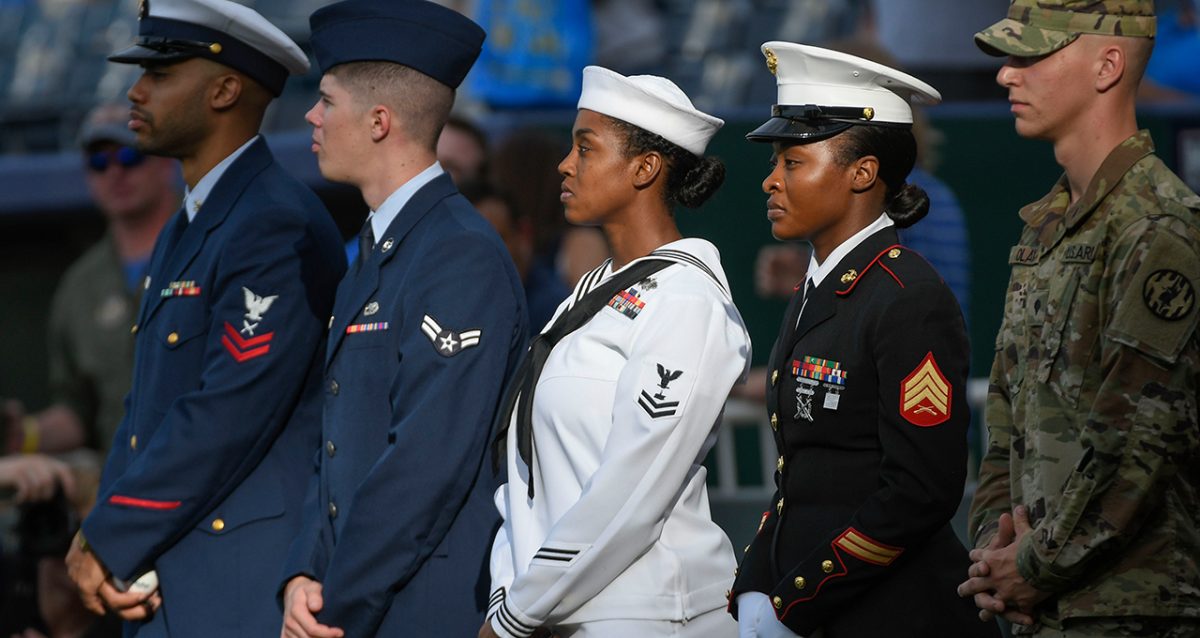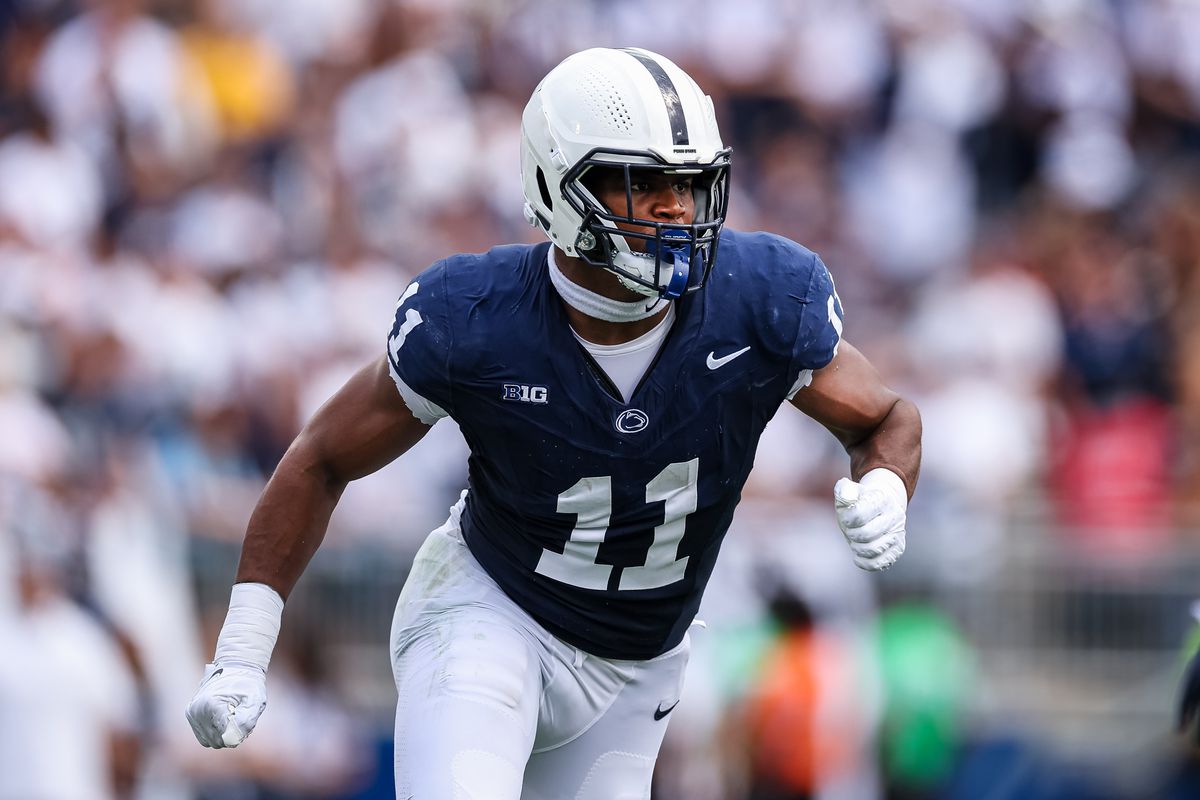The Women’s College Basketball 2023-24 season was a historic one, accomplishing something that was once thought impossible.
The March Madness tournament is a yearly spectacle in America, with three weeks of the top division one college basketball teams competing to be the last one standing and claiming the title as the number one team in the country. Up until recently, March Madness was only used to refer to the men’s college tournament and it was not until 2022 that the women’s tournament was allowed to use the name.
The fact that it took so long for women’s basketball to be allowed to share the same name is reflective of the way women’s sports has been viewed for some time. The truth is, women’s sports have never come close to reaching the popularity, profitability, or fan engagement of men’s sports.
Organizations like the WNBA, which is a subsidiary of the NBA, have never turned a profit in its almost three decades long existence, while its male counterpart accumulates billions of dollars every year. However, over the last year or so, something changed in the world of basketball, particularly at the college level.
For the first time in history, we have seen women’s March Madness outshine the men’s tournament in almost every way possible. From viewership, to media coverage, to its star players, the entire country seemed to focus their attention and support on the women. The question is, what changed? What happened after decades upon decades of women’s sports living in the shadow of its male counterparts? Well, the answer is simple: it has to do with the skills of the players.
The recent surge in popularity of women’s basketball, particularly the college level, may owe itself to one player that caught the eye of the country with her talent on the court. University of Iowa’s Caitlin Clark made history this year, becoming the record holder in scoring for both men and women’s college basketball. Averaging close to 30 points per game and shooting with a field goal percentage of 46%, she was among the top players in the NCAA and was impossible to ignore. Her popularity was not limited to just women’s basketball, in fact, she was by far the most talked about player in all of college sports over the past year.
Clark was not the only women’s basketball star who caught the eyes of America. LSU’s Angel Reese, University of South Carolina’s Kamilla Cardoso, and USC’s JuJu Watkins were among some of the other immensely talented women who rose to stardom over the past few seasons, all receiving accolades from other athletes and basketball fans across the country.
It is undeniable though that Caitlin Clark was the spark that ignited the flame of interest in women’s college ball. This fact was so apparent that even after beating Clark and The University of Iowa in the NCAA championship game, South Carolina’s coach Dawn Staley thanked Caitlin for “lifting up [the] sport” and bringing attention to women’s basketball. That very same game drew close to 19 million viewers, surpassing the men’s championship in viewership for the first time in history.
Another potential factor in the rise of these women basketball stars may have to do with a recent change that was made in the NCAA. Up until 2021, the NCAA prohibited athletes from making money from their image and likeness, meaning they could not appear in commercials or be brand ambassadors, but that recently changed. Now, after years of legal disputes, the NCAA has allowed college athletes to monetize their name, image, and likeness for brands and companies. In the past few years, we’ve seen many of these women’s college stars take on brand endorsements from huge companies, such as Catlin Clark appearing in State Farm commercials or LSU’s Hailey Van Lith working with Adidas. These athletes are now in front of tens of millions of people through these commercials just as male professional athletes have for decades, creating an amazing impact on young women athletes.

The recent popularity surge of women’s basketball has done something for young women athletes that has never truly been seen before: it has given them role models. Kent Jones, the assistant women’s basketball coach at MCC, explained how basketball stars like Caitlin Clark and Angel Reese have changed the way he goes about coaching.
“It helped my experience [in coaching] because now the female athletes have someone to look up to.” he said, “Male athletes have people like Tom Brady and Michael Jordan to look up to, now the ladies have that. I now have a point of reference as a coach to say ‘look at how she did it, now you do that.’”
Up until recently, there were very few women basketball players for young athletes to aspire to be like. In a few years time, we may see the next generation young women citing Caitlin Clark and Angel Reese as inspirations in their athletic careers in the same way young men cite Kobe Bryant or LeBron James.
The future of women’s basketball is looking very bright, with the WNBA draft becoming a national spectacle for the first time where we saw the NCAA’s top stars take the next step in their careers.
The number of televised games played by the WNBA will be the highest it has ever been and ticket sales and prices have risen exponentially, and it is clear that the 2024 draft class is the catalyst for this response. We can only hope that the spotlight on women’s basketball is not a fad, and that America will continue to be excited about new and upcoming players into the sport.
Jones said expanding the audience is key.
“I think it comes from a local point. Local newspapers, local media need to show up. For women’s sports to thrive it needs to start at the high school level,” Jones said. “The more women we see involved in leadership roles, managers, coaches, is equally important.”
The past few seasons of popularity of women’s basketball may be the beginning of a new era, one that gives the WNBA a more prominent role in the world of sports. Like most things, only time will tell what the future of the sport will be, but this season was undoubtedly something special.













